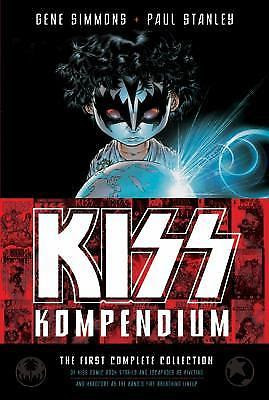Issue 1, October 1972
Kamandi: The Last Boy on Earth debuted in October 1972. The first 40 issues were drawn by Jack Kirby, after which he left DC to work again for Marvel. DC continued to publish the comic, ultimately reaching issue 59 in September - October 1978, when it ceased publication as a casualty of the memorable 'DC Implosion' of that year. The character still pops up in various DC titles every now and then.
I remember buying issues of Kamandi in 1972 and 1973 (along with Kirby's other great DC books, like The Demon). It was a great comic.
There's no denying it copied the theme of the Planet of the Apes franchise (as other comic books have done since, most notably 2000 AD with its early 80s series Meltdown Man), but Kirby was able to add his own sci-fi ideas to the mix, and his artwork, and Mike Royer's inks, were very good.
There's no denying it copied the theme of the Planet of the Apes franchise (as other comic books have done since, most notably 2000 AD with its early 80s series Meltdown Man), but Kirby was able to add his own sci-fi ideas to the mix, and his artwork, and Mike Royer's inks, were very good.
Original issues of Kamandi offered in good condition at eBay start at around $5 and can reach over $40 for copies in NM condition. Obviously, assembling a full set of even the first 20 issues will be expensive (I've seen a complete set of all 59 issues in near-mint condition up for bid, starting at $500).
These two-volume 'Archive Editions' hardcover volumes, released in 2005 and 2007, reprint the first 20 issues. While volume two is available for reasonable prices, volume one has ridiculously inflated asking prices of over $130.
Complicating the picture even further, in Spring 2018, DC will be releasing a single-volume, 900-page compilation of all 20 issues; this Kamandi by Jack Kirby Omnibus apparently will have a cover price of $125.00.
Below, I've posted issue one of Kamandi, scanned from the pages of the Archive edition. Unfortunately, even when using my Plustek OpticBook scanner, the interior edges of some of the pages may be cut off.]


























-page1.jpg)






































